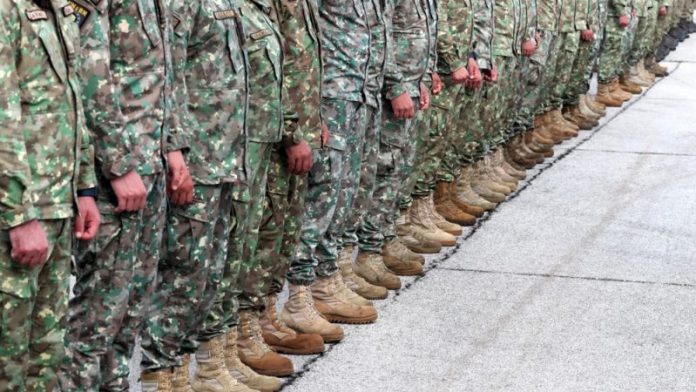Bloc’s defence ministers approved on Tuesday a revision of defence capability development priorities (CDP) to address the need for more conventional defence equipment and anti-drone tactics within their armed forces, learning lessons from the war in Ukraine.
The CDP, endorsed at a meeting of EU ministers as members of the European Defence Agency (EDA) governing board, is an updated version of the 2018 document.
“The newly adopted set of priorities also reflect the objectives of the EU’s Strategic Compass and the military realities observed in Ukraine, including high-intensity requirements.”
The document will form the basis for all EU defence-related initiatives, providing member states with a common direction for adapting their warfare. It will also specify defence equipment for purchase, development or research.
EU chief diplomat Josep Borrell stated that the CDP was dedicated to “what do we need and we don’t have, where are the loopholes and where we should invest.”
How to solve it? In investing more in those areas.
According to the report, the 22 priorities include fourteen priorities in five military areas and eight related to strategic factors needed to develop the EU’s new Rapid Deployment Capability (RDC). The agency lists several priorities for integrated air and missile defence, which “encompasses all surface-based capabilities facing an airborne threat.”
Priorities focus on “modernizing” existing air defence systems and “developing” next-generation systems with space-based early warning tactics, as well as countering unmanned air systems. Other ideas include air command and information capabilities. “Full spectrum” of cyber defence is also on EDA’s radar, including operations.
Critical infrastructure protection, along with military mobility to move troops and equipment efficiently across the continent, has also become a key priority in the wake of incidents on the Nord Stream pipeline and Baltic Sea cables.
The newly adopted set of priorities reflect the objectives of the EU’s Strategic Compass and the military realities observed in Ukraine, including high-intensity requirements.
The war revealed the need for enhanced air defence capabilities and better protection of critical infrastructures.
“The Ukraine context highlighted the importance of multilayer Integrated Air and Missile Defence, along with an appropriate rebalance between the qualitative and quantitative dimensions in many capability areas.”
The list is much the same as the 2018 report, containing only 11 priorities, with a focus on command and control, information and cyber domain, ground capabilities, logistics and aviation.
The 22 priorities (…) are designed to lead to concrete projects.
Much of the equipment such as cyber, medical support and conventional equipment in the air and ground domains are considered loopholes even five years later.
However, more technological capabilities such as space information sharing, Earth observation, navigation, situational awareness and satellite communications are no longer included. Josep Borrell added:
“Now is the time to translate these priorities into concrete defence cooperation projects to ensure more resilient, agile and robust European armed forces, ready to tackle present and future threats.”
